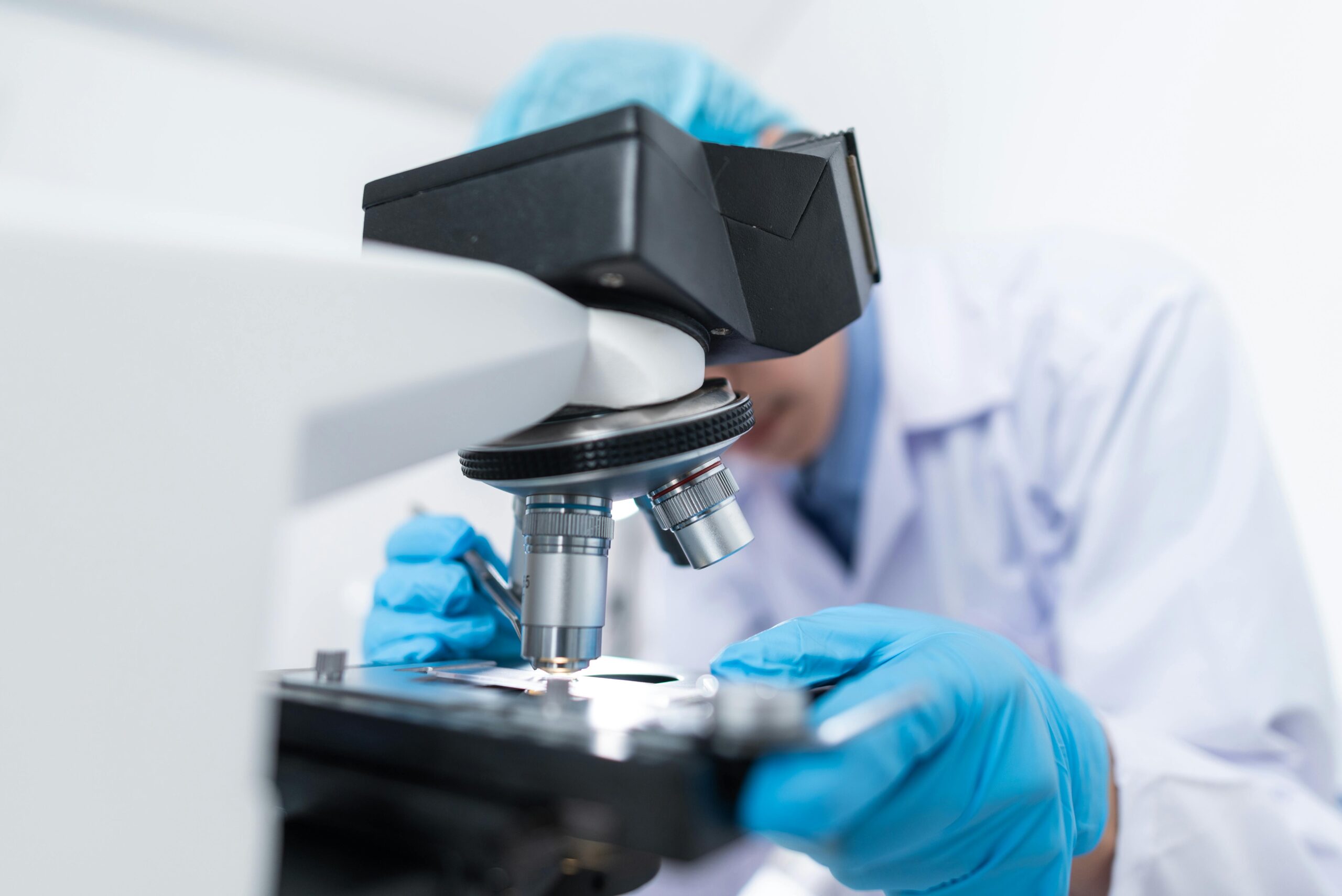In the pharmaceutical industry, maintaining product purity is paramount. Even the slightest contamination can render a batch unusable, leading to significant financial losses and potential patient safety risks. This is where the importance of cleanliness during pharmaceutical piping installation comes into play. Pharmaceutical piping systems transport crucial materials throughout the production process, and any contaminants introduced during installation can compromise product integrity.
This blog post will delve into the significance of cleanliness in pharmaceutical piping installations and offer practical tips for maintaining a pristine work environment.
Why Cleanliness Matters in Pharmaceutical Piping
Contamination in pharmaceutical piping systems can have several detrimental effects:
- Reduced product quality: Foreign particles or microbial growth can alter the pharmaceutical product’s composition or potency, rendering it ineffective or even harmful.
- Production delays: Contaminated systems often require extensive cleaning and potentially even product recall, significantly impacting production timelines.
- Compliance issues: Regulatory bodies like the FDA (Food and Drug Administration) enforce strict Good Manufacturing Practices (GMP) that dictate cleanliness standards within pharmaceutical facilities. Failure to adhere to these standards can lead to regulatory sanctions.
By prioritizing cleanliness throughout the piping installation process, pharmaceutical companies can minimize these risks and ensure the production of high-quality, safe medications.
Maintaining a Clean Work Environment: Best Practices
Here are some key practices to guarantee a clean work environment during pharmaceutical piping installation:
- Material Selection: Use high-quality, polished stainless steel for piping systems. Stainless steel is resistant to corrosion, easy to clean, and offers a smooth surface that minimizes particle entrapment. Reference industry standards like ASME BPE (American Society of Mechanical Engineers Bioprocessing Equipment) for material specifications. [invalid URL removed]
- Pre-Cleaning of Materials: Thoroughly clean all piping components, valves, and fittings before installation. This may involve ultrasonic cleaning or other methods to remove any residual contaminants like dust, oil, or metal shavings.
- Work Area Preparation: Establish a designated cleanroom or restricted access area for piping installation. This area should be well-ventilated, dust-controlled, and maintained at a positive pressure relative to surrounding areas to prevent the ingress of airborne contaminants.
- Personnel Practices: Employees involved in the installation process should wear cleanroom garments, including gloves, hair covers, and shoe covers, to minimize particle shedding. Proper handwashing and training on contamination prevention procedures are crucial.
- Cleaning and Flushing Procedures: Regularly clean the work area and tools used during installation with appropriate cleaning solutions. Additionally, flush the installed piping system with sterile water or other cleaning agents to remove any residual debris or contaminants.
- Documentation: Maintain detailed records of all cleaning and flushing procedures, including the type of cleaning agents used, the duration of cleaning, and the personnel involved. This documentation serves as an audit trail and demonstrates adherence to GMP regulations.
Additional Considerations:
- Minimizing Exposed Surfaces: During installation, minimize the number of exposed pipe ends and openings. Cap or plug open ends of pipes to prevent dust and debris from entering the system.
- Helium Leak Testing: Use helium leak testing to identify any potential leaks in the piping system after installation. Helium, being a very small molecule, can escape through even the tiniest of leaks, allowing for effective detection of contamination points.
- Welding Techniques: Employ qualified welders who are experienced in working with pharmaceutical-grade piping systems. Proper welding procedures and shielding techniques are necessary to prevent contamination from welding fumes or spatter.
Resources and Standards
For further guidance on pharmaceutical piping installation and cleanliness protocols, refer to the following resources:
- ISPE (International Society for Pharmaceutical Engineering) Baseline Guide Volume 5: Commissioning and Qualification https://ispe.org/product-types/baseline-guides
- PDA (Parenteral Drug Association) Technical Report No. 38: Fundamentals of Sterile Product Development https://www.pda.org/publications/pda-technical-reports
- IEST (Institute of Environmental Sciences and Technology) Recommended Practice 001.3: Cleanroom Workstations https://www.iest.org/Standards-RPs/ISO-Standards/ISO-14644-Series/IEST-Guides-to-ISO-14644-Standards
By adhering to these best practices and industry standards, pharmaceutical companies can ensure meticulous cleanliness during piping installations. This, in turn, safeguards product quality, minimizes contamination risks, and fosters a compliant production environment. Contact us at Ansgar for more information.
